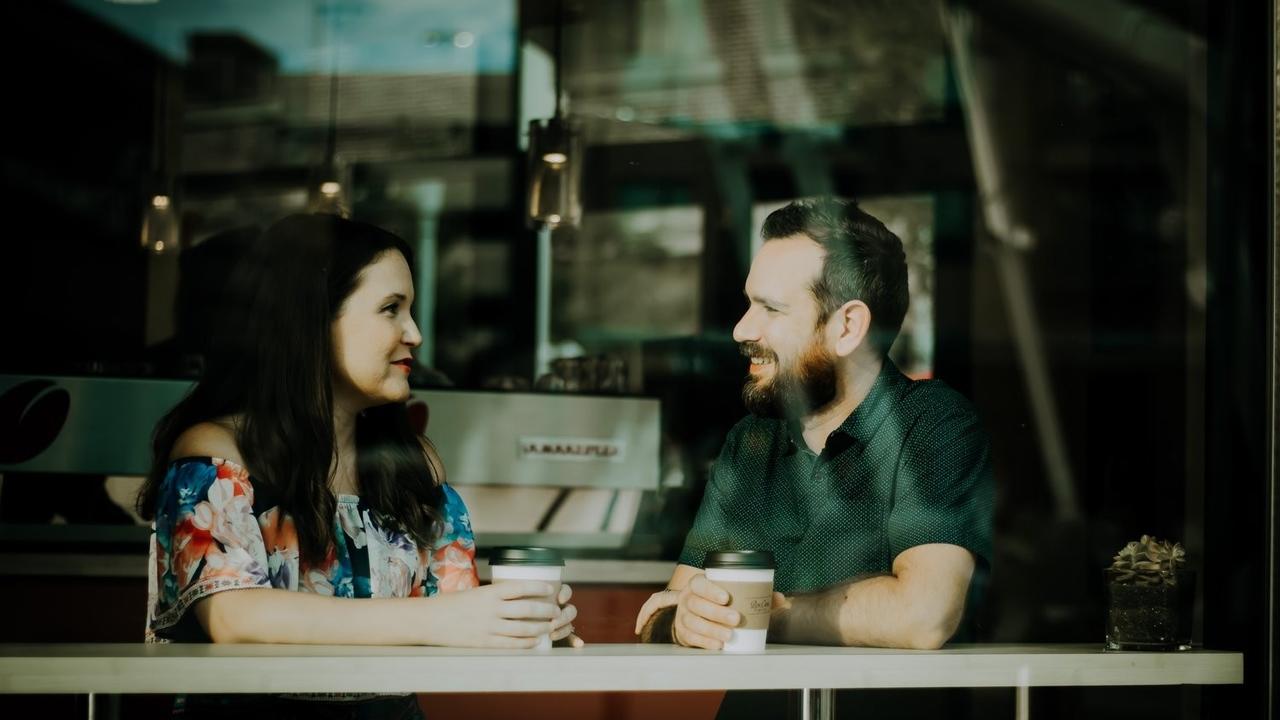Mindfulness and Communication

I think you can all remember an occasion where you've been talking with someone and your mind is completely somewhere else, and when they finish the last sentence you realise, uncomfortably, that you haven't heard a word!
There are other times when you are having a conversation with someone who happens to still be on their phone: checking out Facebook or texting or scrolling or surfing, while you are trying to have a dialogue with them: ” I'm listening, keep going!" they say, but you really don't feel that they are with you.
Of course in the extreme, we all remember those conversations which just become a shouting match and no one is listening to anyone!
On the other end of the scale, remember those beautiful conversations where there are no distractions, each is completely present with the other person. You feel heard, you are open to listening, the conversation itself nurtures your relationship - deepening the connection between you.
Sadly, the latter kind of dialogue is more and more rare, so I would like to share with you some steps that will make it occur more frequently, namely, bringing mindfulness into your communication.
What is Mindfulness?
It is a ‘knowingness’ about how you are showing up with others, ”awareness of awareness” as Deepak Chopra said.
Jon Kabat-Zinn describes it as “awareness that arises through paying attention, on purpose, in the present moment, non-judgementally.”
Let’s apply this to Communication!
The first step is to become aware of ourselves, really focusing on what sensations are in our bodies, what we feel, what we do and how we’re thinking. We are in charge of that, believe it or not! Watching ourselves being present, being able to see ourselves and at the same time be ourselves, in the moment.
The second step is to observe our awareness and reaction to the person that we are communicating with. An important point is, that if we truly put ourselves in someone else's shoes: have all the life experiences they've had, the education they've had, the challenges they’ve had, then we realise that we would respond exactly the same way that they do. Therefore, there is nothing to judge.
Becoming aware of this point allows you to allow them to be, as well, just as they are.
The third step is to be centred in yourself and your message, to be aware of your triggers and your vulnerability. Keep in mind the outcome that you hope for the conversation and steer it towards that.
The fourth step is to quieten the mind… specifically the default network mode of the brain that focuses on the negative, constantly challenging and checking in: How do I come across? Am I good enough? What do I need to change? What did they think of me? Did I say the right thing? Be gentle with yourself, be open to learn from your experiences.
The fifth step is to know that your only response is to be TRULY YOU! As far as possible be centred, present, poised. Expressing your truth as you see it at the time.
This is the optimum way to be communicating. It is like a muscle, the more you use it the stronger it becomes.
“AlI I experience guides me to be my most authentic self.” Dr. John Demartini
Author: Tania Tuck is an Emotional Wellness Specialist, Teacher, Learning Innovator



